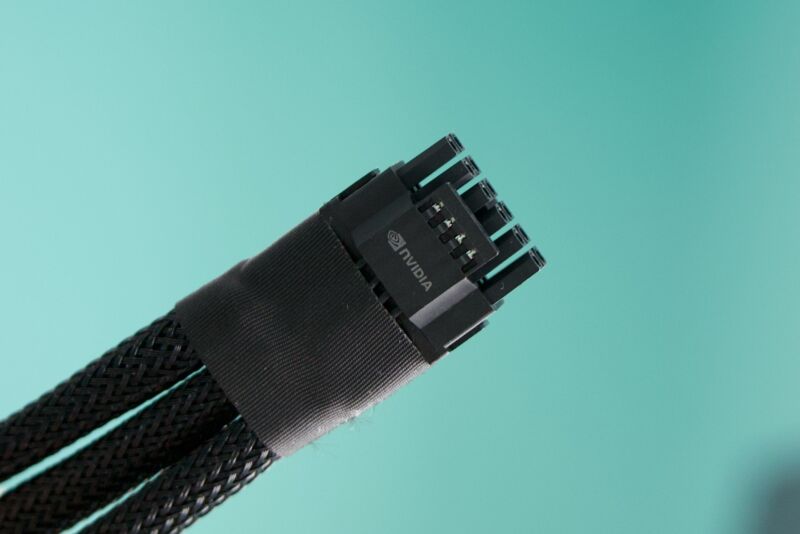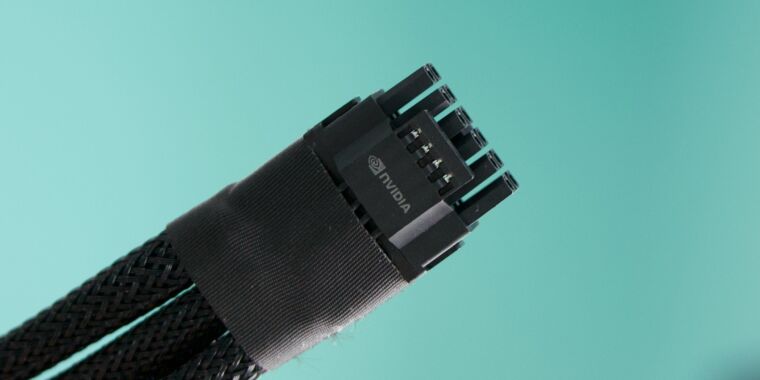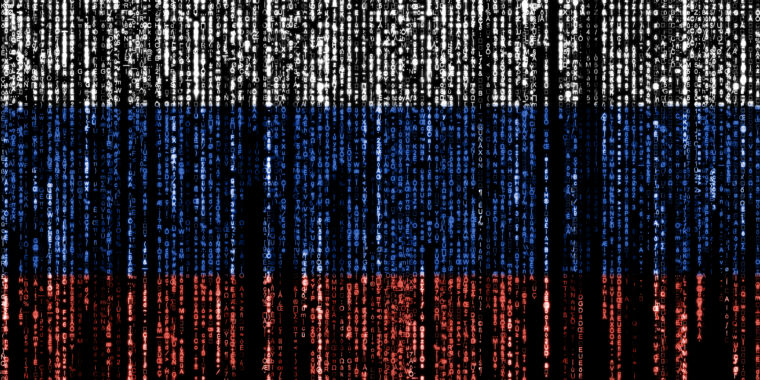
Andrew Cunningham
Nvidia’s new RTX 4090 and 4080 GPUs both use a new connector called 12VHPWR to deliver power as a way to satisfy ever-more power-hungry graphics cards without needing to set aside the physical space required for three or four 8-pin power connectors. But that power connector and its specifications weren’t created by Nvidia alone—to ensure interoperability, the spec was developed jointly by the PCI Express Special Interest Group (PCI-SIG), a body that includes Nvidia, AMD, Intel, Arm, IBM, Qualcomm, and others.
But the overheating and melting issues experienced by some RTX 4090 owners recently have apparently prompted the PCI-SIG to clarify exactly which parts of the spec it is and is not responsible for. In a statement reported by Tom’s Hardware, the group sent its members a reminder that they, not the PCI-SIG, were responsible for safety testing products using connector specs like 12VHPWR.
“Members are reminded that PCI-SIG specifications provide necessary technical information for interoperability and do not attempt to address proper design, manufacturing methods, materials, safety testing, safety tolerances, or workmanship,” the statement reads. “When implementing a PCI-SIG specification, Members are responsible for the design, manufacturing, and testing, including safety testing, of their products.”
In other words: the PCI-SIG tells companies how to make their 12VHPWR products work with other companies’ 12VHPWR products, but they’re not involved in the manufacturing or safety testing of any specific 12VHPWR product. This statement appears designed to absolve the PCI-SIG of any blame in the melting-power-connector saga in light of a lawsuit that has been filed against Nvidia over the problem.
Testing from third parties and Nvidia suggests the RTX 4090 GPUs’ overheating power connectors are mostly due to user error rather than a fundamental issue with the design—in most cases, overheating and melting connectors displayed evidence that they had not been fully inserted into the GPUs’ 12VHPWR connector. This problem seems to affect all 12VHPWR cables, whether you’re using an adapter for 8-pin PCIe power cables or a native 12VHPWR cable that runs directly to your power supply, but it also seems to be relatively rare.
Nevertheless, manufacturers could build in more fail-safes to detect improper connections or make it more obvious when a cable is fully inserted and when it isn’t—a larger connector with louder and more easily visible retention clips have helped 6- and 8-pin PCIe power connectors avoid this kind of issue for years. Hopefully we’ll see advancements that help prevent this kind of user error, whether they come from manufacturers or in the form of a spec change from the PCI-SIG. The 12VHPWR connector is likely here to stay, thanks to its inclusion in Intel’s ATX 3.0 spec for PC power supplies.








